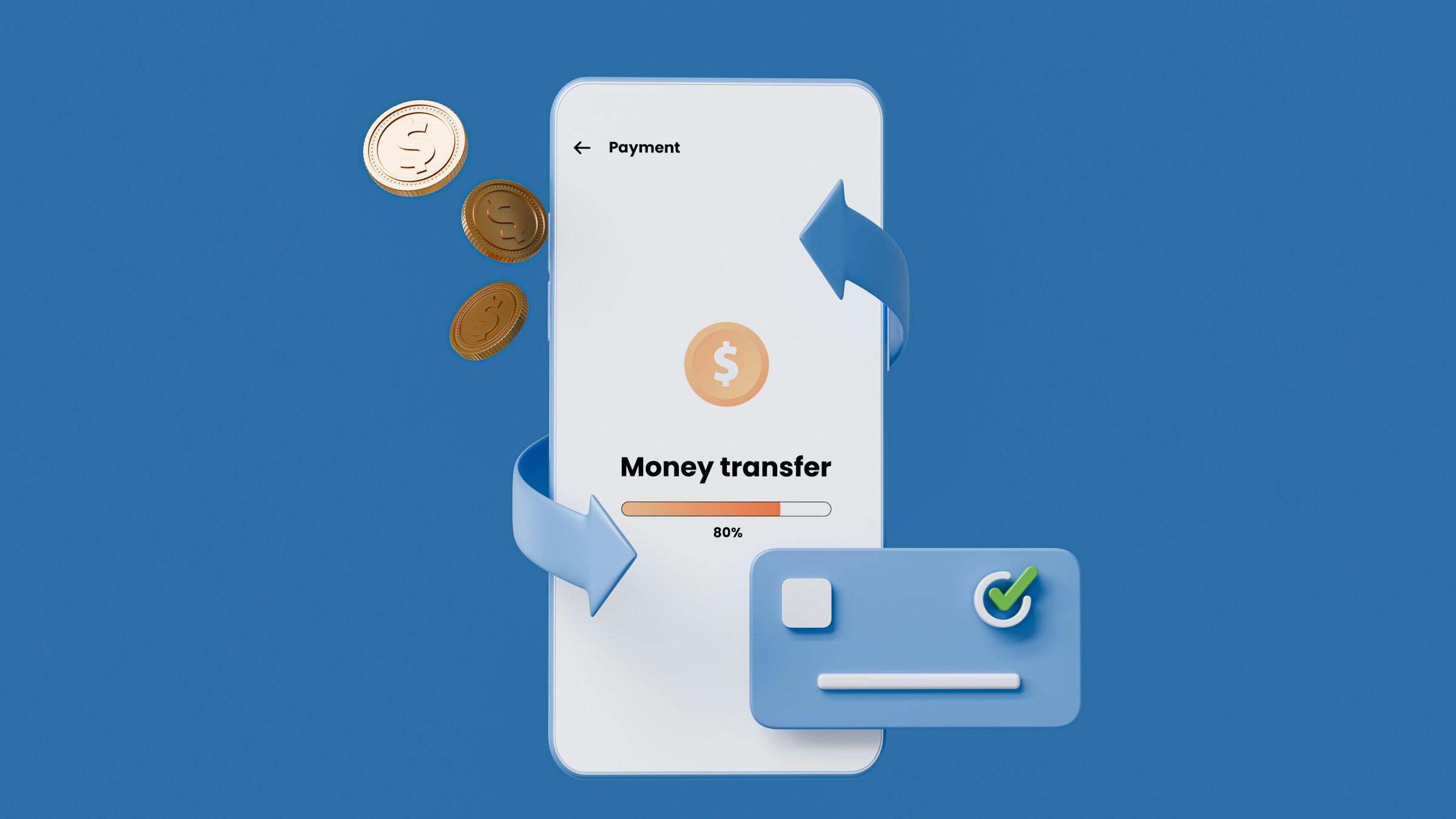Sleep deprivation does not simply make you feel tired. It unravels the systems that regulate attention, mood, appetite, and reaction time. When you go without sufficient sleep, your body’s internal clock drifts, and the pressure that should build across the day to make you sleepy at night becomes noisy and unreliable. People often try to fix this with a heroic weekend sleep in, but that usually backfires by pushing the clock later and making Monday feel like jet lag without a flight. Recovery asks for something different. It asks for a steady plan that rebuilds sleep pressure, anchors your circadian rhythm to consistent cues, and shields that rhythm from the friction of daily life. The plan does not need to be complicated or filled with hacks. It only needs to be clear, repeatable, and kind to the physiology you are trying to help.
The first principle is a fixed wake time. Choose the earliest wake time you can maintain seven days a week, and hold to it even after a rough night. This seems small, but it is the keystone that allows everything else to work. Waking at a consistent time exposes you to morning light at a consistent hour, and light is the most powerful signal your clock understands. It also restarts the build up of sleep pressure, which is the gentle biochemical tide that carries you to sleep in the evening. If the wake time drifts, the clock drifts, and the pressure curve becomes irregular. If the wake time holds, the rest of the behaviors have a foundation.
What you do in the first hour after waking matters more than most people realize. Getting outside for natural light is a practical and potent cue for your brain and body. Ten minutes on a bright morning or twenty to thirty on an overcast day is enough for most people. If you cannot step out, face a bright window while you move through your routine. Pair that light with light movement. A short walk, a gentle mobility sequence, or an easy spin wakes the body without spiking stress. Follow it with a protein forward breakfast that steadies blood sugar. Delay caffeine for about an hour so adenosine receptors can clear, which makes your coffee feel more effective and reduces the likelihood of a midmorning crash that leads to overuse later in the day. This simple stack of light, movement, and food tells the clock what time it is, and helps you feel more alert through the morning.
Recovery also depends on protecting the afternoon. Caffeine after mid afternoon can haunt the night for many sleepers, especially those already carrying a sleep debt. If your target bedtime is around ten or eleven, hold your last coffee to early afternoon, and earlier still if you know you are sensitive. If a nap is necessary, keep it short and early. Ten to twenty minutes before mid afternoon can restore alertness without draining the pressure you need to fall asleep at night. An eye mask and a slightly upright position help prevent a deep plunge that leaves you groggy. Avoid long or late naps that feel good in the moment but steal sleep from the night and make the cycle harder to fix.
Evenings need intention rather than discipline. Bright overhead lighting late in the evening delays melatonin and keeps the brain alert. Shift to lamps that create a warmer and dimmer environment. Close bright screens or at least use filters to soften their impact. Keep dinner two to three hours before bed. Whole foods that include steady carbohydrates can help with relaxation and sleep onset, while heavy spice, very high fat meals, and late alcohol tend to fragment sleep and increase awakenings. A short walk after dinner helps with glucose control and builds a little more sleep pressure. If you need to exercise in the evening, choose lower intensity work that leaves your heart rate and core temperature calmer by the time you want to sleep. The goal is not to be perfect. It is to make the hours before bed less stimulating and more predictable.
The bedroom itself should be as boring as possible. Darkness, cool air, and quiet are classic advice because they work for most. Many people sleep best between seventeen and twenty degrees Celsius. Blackout curtains or an eye mask can remove stray light that confuses your clock and fragments sleep. White noise is a practical shield against an unpredictable environment. Remove reminders of work, remove bright digital clocks, and remove anything that invites engagement when you should be winding down. A simple wind down sequence helps more than an elaborate supplement stack. Read a few pages of a physical book. Stretch for five minutes. Practice a slow breathing pattern. Use the same sequence nightly so your brain learns the cue.
People think recovery requires a grand overhaul, but a short reset is usually enough to feel meaningful change. A week can stabilize your mornings and reduce your evening second wind. The first three days often feel like you are rebuilding an honest sleep appetite. Keep naps short and early, keep caffeine in the morning, and keep the wake time locked. As you enter the middle of the week, bring bedtime forward by thirty minutes without changing the morning anchor. The earlier bedtime is not a badge of discipline. It is simply a wider window that lets healthy sleep pressure do its job. By the end of the week, pay attention to the metrics that actually matter for living. How quickly do you fall asleep. How often are you waking after sleep onset. How steady is your alertness in the first hour of the morning. How focused do you feel mid afternoon. Are your late night cravings easing. These signals will tell you more than a wearable score ever could. If the change is not yet strong, repeat the week. Sleep is a system, and systems improve through consistent inputs rather than heroic single efforts.
Weekends present a common trap. Sleeping in feels like relief, but it pulls your clock later and makes Monday feel heavy. The better move is to hold the wake anchor and go to bed earlier if you want extra recovery. When you keep the anchor, the physiology that supports appetite control, mood, and reaction time stays aligned, and your Monday starts on level ground. If you need a true catch up morning because you have accumulated a debt that is affecting safety or function, take it, but treat it as an exception rather than a habit. Then re anchor the next day and return to the plan.
Training during a recovery phase benefits from moderation. Heavy volume and maximal intensity are hard to recover from when sleep is impaired. Aim to place strength work in the first half of the day, keep high intensity intervals short, and avoid chasing personal records until your sleep has stabilized. Light movement remains valuable every day, and it helps both mood and sleep quality. Walk more, mobilize your joints, keep your breathing mostly through the nose, and let the evenings be gentler so the nervous system has a chance to calm before bed. Recovery is as much about the nervous system as it is about muscles or lungs.
Nutrition is a lever you can pull without adding complexity. A protein rich breakfast helps stabilize energy and reduces snacky cravings. A dinner that includes steady carbohydrates can support serotonin and help with sleep onset. Hydrate earlier in the day so you are not waking for bathroom trips at night. Supplements can be helpful for some people, but they are not the engine of recovery. If you experiment, keep it simple. Magnesium glycinate or threonate and glycine are common choices that many tolerate well. Add nothing large and new during your reset. Let the foundational behaviors deliver most of the benefit.
Screens are powerful because they combine bright light at eye level with content designed to hold attention. Both of those features are unhelpful late at night. If you must be on a device, use the warmest and dimmest settings and avoid engaging content that primes the mind to analyze or react. Better yet, move the phone outside arm’s reach and plug it in across the room. If you tend to scroll in bed, change the environment so that the bed is only for sleep. Scroll in a chair if you must, then stand up, turn off the lights, and come back to bed only when you are ready to sleep. You are training an association, and consistency matters more than willpower.
Some situations make perfect adherence impossible, but the principles still scale. Travelers should chase morning light at their destination the moment they can and adopt the new wake time from the first day. They should keep exercise gentler for a couple of days and nap short and early if they need a bridge. Night shift workers have a harder problem, but even they can improve outcomes by creating a dark, cool sleep environment after a shift, using bright light during work hours, limiting caffeine to the first part of the shift, and wearing sunglasses on the way home so the brain does not receive a morning signal that clashes with the plan. Parents and caregivers can protect a few anchors that fit their household. Share morning light. Share a short walk. Keep evening light low. Take micro naps when coverage appears. A scaled down plan that repeats will beat a perfect plan that collapses.
Mental load weighs on sleep as reliably as a late coffee. Rumination keeps the mind active when it should release. A brief brain dump in the early evening reduces the urge to plan under the covers. If you wake at night and cannot resettle, get out of bed and sit in low light. Breathe slowly for a few minutes and return only when sleepiness returns. Lying in bed and forcing sleep trains the wrong habit. Reset gently and protect the association between bed and sleep.
Safety comes first during recovery. Drowsy driving is dangerous long before you feel fully asleep. Heavy eyelids and lane drifting are signals to stop. A short nap of ten to twenty minutes can make the difference. If you tolerate caffeine, a cup before the nap can help as it begins to take effect when you wake. This is a bridge, not the goal, but it keeps you and others safe while you repair the system.
Full recovery depends on the depth and duration of the debt. The bright news is that improvements arrive quickly. A few clean days can restore morning alertness and shorten sleep onset. A week of consistent anchors brings a steadier mood and better focus. Three to four weeks usually delivers a baseline that feels reliable and resilient. The plan does not end there. Sleep is not a project with a finish line. It is an operating system that benefits from maintenance. Keep the wake anchor. Seek morning light. Move daily. Eat on a schedule that suits your clock. Guard the evening from light and stimulation. Nap short and early if needed. Repeat. When travel, deadlines, or children break the schedule, return to the anchor the next day and let the system realign. Most people do not need more intensity. They need cleaner inputs that allow the body to do what it already knows how to do.




.jpg&w=3840&q=75)




.jpg&w=3840&q=75)


.jpg&w=3840&q=75)


